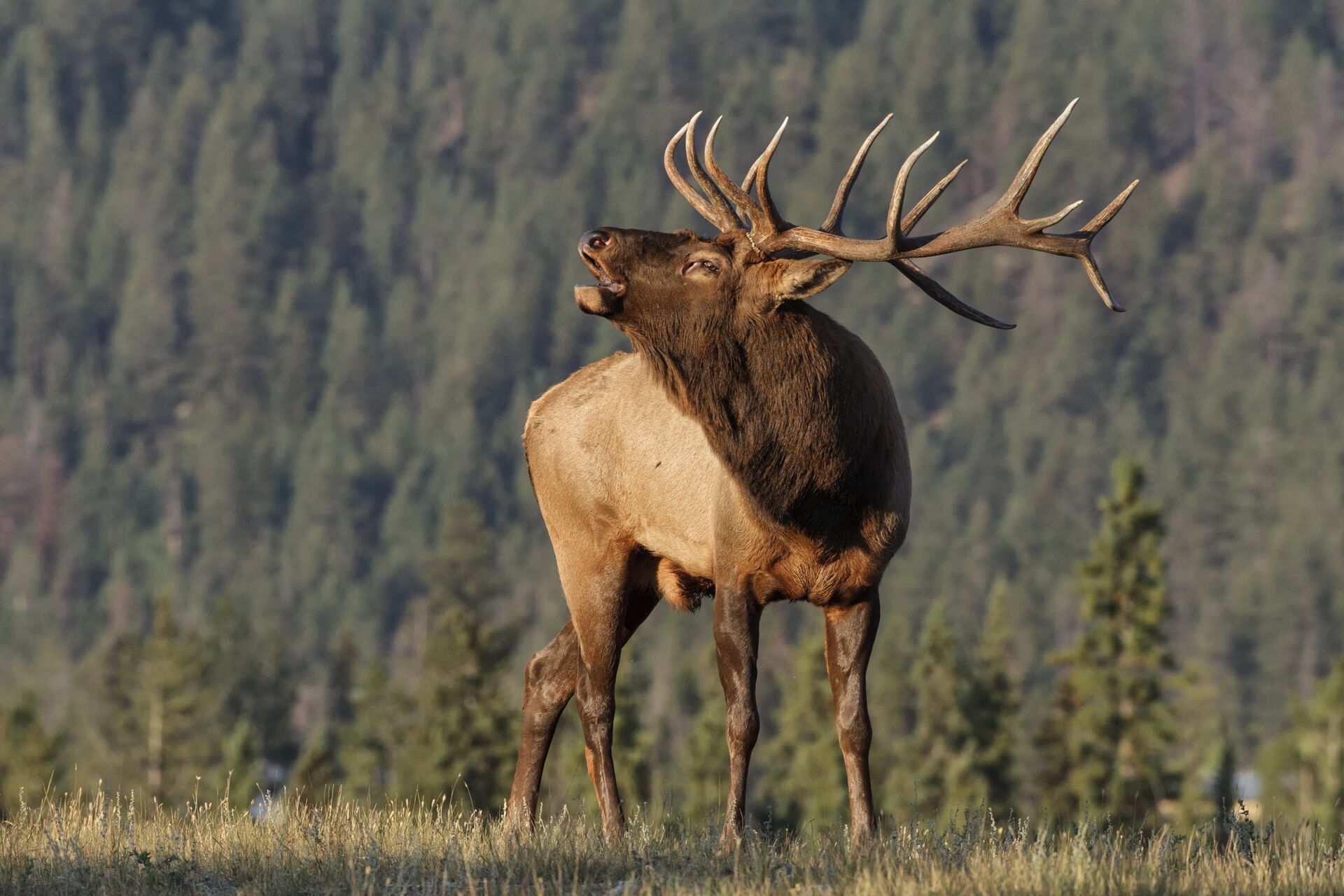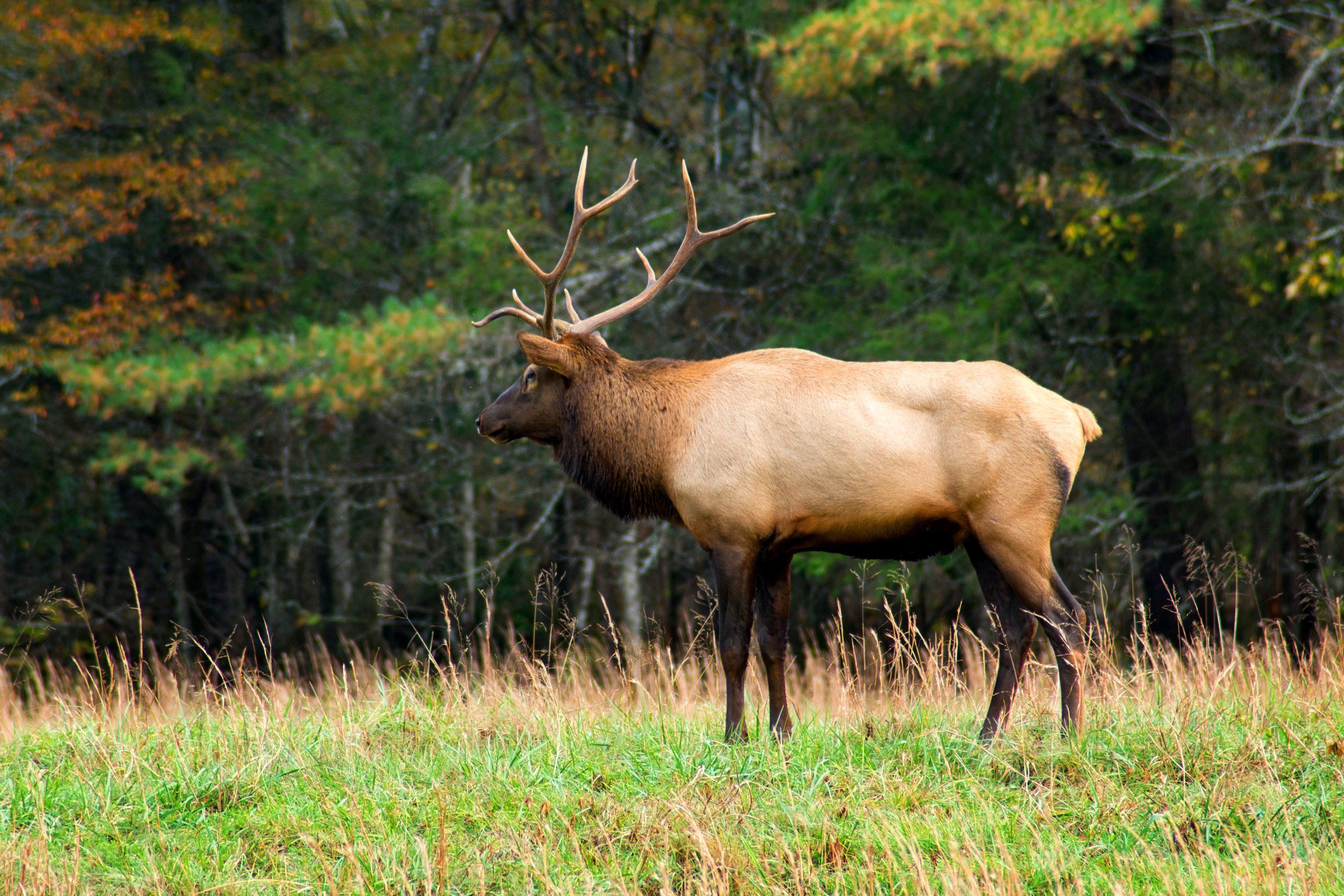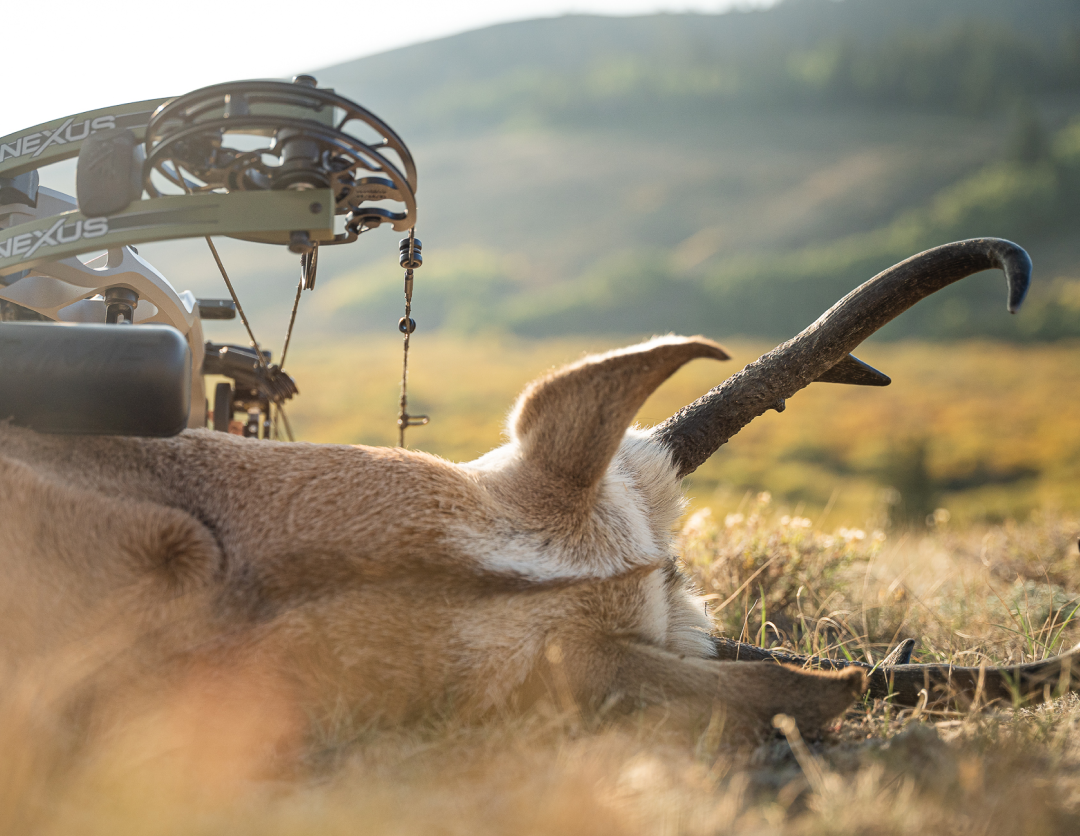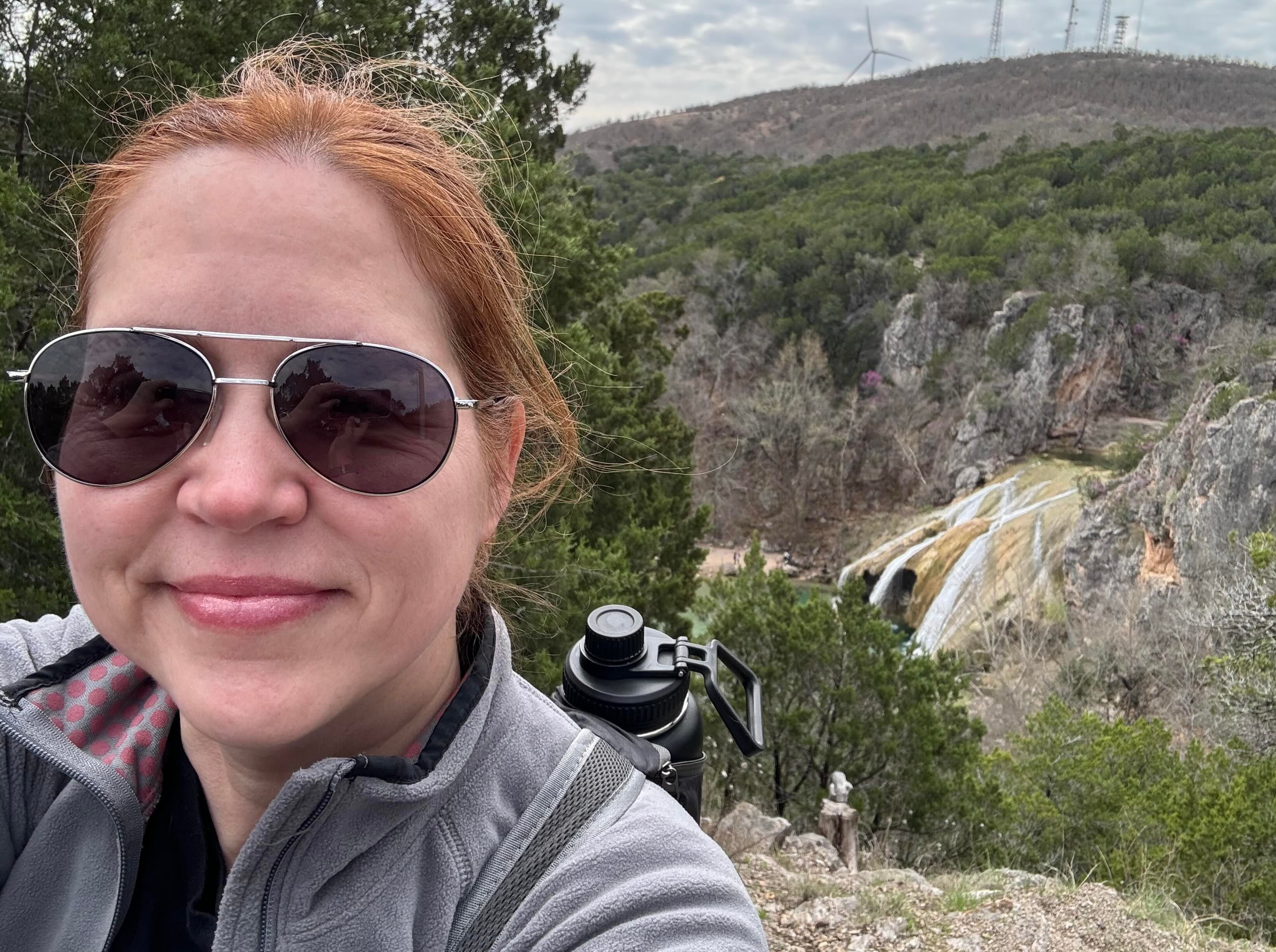Field Guide / Elk
Elk Hunting Basics on a Budget
Is a trophy bull elk hunt in a prime western state on your hunting bucket list? If you're stuck thinking realistically, accomplishing that could be easier said than done.
Previous in Elk
More Content Like This
Best Times to Hunt Elk (2025)
Elk are one of the largest of the deer species. A mature bull may reach heights up to 9 feet tall, including their antlers. Cows and their calves live in herds, while bulls tend to live in bachelor groups or alone.Read More
Read More
The Best States for Elk Hunting: Plan Your Hunt
Elk hunting, for many of us, is a captivating pursuit. The opportunity to track one of North America's most majestic, athletic, and fascinating game animals in some of the wildest and most challenging terrain is an irresistible prospect. Read More
Read MoreWestern Hunting Basics For The Midwestern Hunter
East of the Mississippi River, hunters dream of stalking the wild reaches of the American West. Under the backdrop of a big sky and towering peaks, magnificent bull elk, mule deer, antelope, and moose roam. Read More
Read More Elk
ElkBest Times to Hunt Elk (2025)
Elk are one of the largest of the deer species. A mature bull may reach heights up to 9 feet tall, including their antlers. Cows and their calves live in herds, while bulls tend to live in bachelor groups or alone.Read More
Read More Elk
ElkThe Best States for Elk Hunting: Plan Your Hunt
Elk hunting, for many of us, is a captivating pursuit. The opportunity to track one of North America's most majestic, athletic, and fascinating game animals in some of the wildest and most challenging terrain is an irresistible prospect. Read More
Read More Elk
ElkWestern Hunting Basics For The Midwestern Hunter
East of the Mississippi River, hunters dream of stalking the wild reaches of the American West. Under the backdrop of a big sky and towering peaks, magnificent bull elk, mule deer, antelope, and moose roam. Read More
Read More
1 of 3
